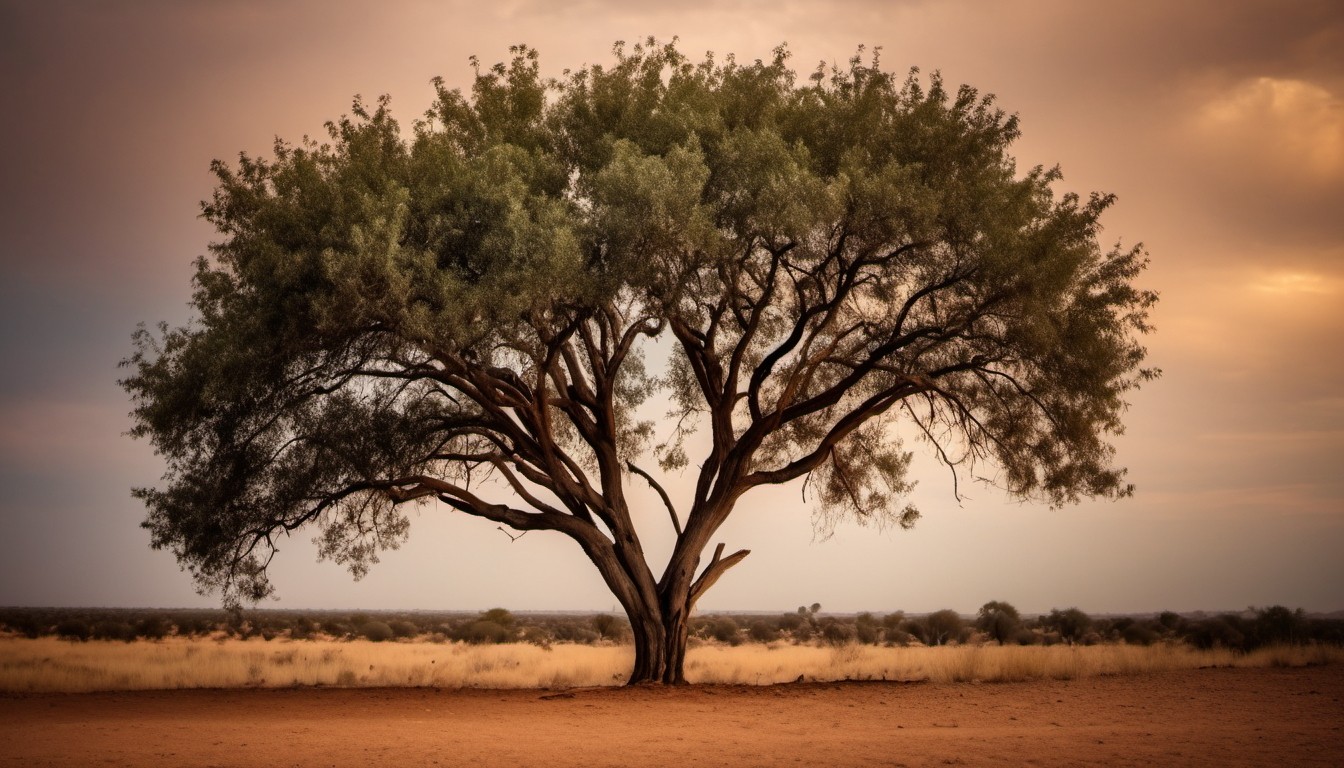The Great Victoria Desert is a massive and remote desert located in Australia. It is known for its stunning landscapes, unique wildlife, and harsh conditions. Stretching across two states, Western Australia and South Australia, it is the largest desert in the country.
Size and Location
The Great Victoria Desert covers an area of around 348,750 square kilometers (134,650 square miles). It stretches about 700 kilometers (435 miles) from west to east and is bordered by other significant deserts like the Gibson Desert to the north and the Nullarbor Plain to the south.
Landscape and Climate

The landscape of the Great Victoria Desert is diverse and beautiful. It features red sand dunes, rocky hills, grasslands, and salt lakes. The climate is arid, with hot summers and mild winters. Rainfall is very low and unpredictable, which makes the desert a tough place for plants and animals to survive.
Unique Wildlife
Despite its harsh conditions, the Great Victoria Desert is home to a variety of unique wildlife. Some animals that live here include:

- Malleefowl: A ground-dwelling bird known for its impressive nesting mounds.
- Sand Goanna: A type of large lizard that thrives in desert environments.
- Dingo: Australia’s wild dog, which roams the desert in search of food.
- Spinifex Hopping Mouse: A small rodent adapted to the arid desert conditions.
Plant Life
The plant life in the Great Victoria Desert has adapted to survive with very little water. Some common plants include:
- Spinifex Grass: A tough grass that provides food and shelter for many desert animals.
- Eucalyptus Trees: These trees are well-adapted to dry conditions and can be found scattered throughout the desert.
- Acacia Shrubs: These hardy shrubs can survive in very dry soil and are an important part of the desert ecosystem.
Exploring the Great Victoria Desert can be challenging due to its remote location and harsh environment. However, it offers incredible opportunities for adventure and discovery. Conservation efforts are crucial to protect this unique ecosystem and the cultural heritage of the Indigenous peoples.
Interesting Facts About the Great Victoria Desert
- The Great Victoria Desert is the largest desert in Australia.
- It was named after Queen Victoria in 1875 by explorer Ernest Giles.
- The desert spans across both Western Australia and South Australia.
- It covers an area larger than the entire United Kingdom.
- Rainfall in the desert is usually less than 250 millimeters (10 inches) per year.
- Temperatures in the summer can exceed 40 degrees Celsius (104 degrees Fahrenheit).
- The desert features both sand dunes and rocky terrain.
- Salt lakes, such as Lake Disappointment, are scattered throughout the desert.
- The Great Victoria Desert is part of the Central Australian desert system.
- Some parts of the desert are used for military training and testing.
- The desert is home to several endemic species of plants and animals.
- Indigenous Australians have lived in the desert for tens of thousands of years.
- The desert is known for its spectacular night skies, free from light pollution.
- The Great Victoria Desert is one of the most remote and least populated regions in Australia.
- It is an important area for scientific research, particularly in the fields of ecology and archaeology.
- The desert plays a crucial role in Australia’s climate and weather patterns.
- Explorers like Ernest Giles and John Forrest conducted early European expeditions in the desert.
- The Great Victoria Desert is part of the larger Outback region of Australia.
- The flora includes hardy species like mulga and spinifex.
- Many animals in the desert are nocturnal to avoid the extreme daytime heat.
- Water sources in the desert are scarce and often seasonal.
- The desert is home to several conservation parks and protected areas.
- Wild camels, introduced in the 19th century, roam the desert.
- Indigenous rock art in the desert dates back thousands of years.
- The Great Victoria Desert has a unique beauty, with its red sands and stark landscapes.
- The desert is a place of spiritual significance for many Indigenous Australians.
- It is one of the last frontiers of untouched wilderness in the world.
- The biodiversity of the desert is surprisingly rich, with many species adapted to its extreme conditions.
- The Great Victoria Desert is a place of contrasts, with harsh conditions and delicate ecosystems.
- Efforts are ongoing to preserve the natural and cultural heritage of the desert for future generations.
The Great Victoria Desert is a fascinating and rugged part of Australia, offering insights into the resilience of life in one of the world’s toughest environments. Its unique landscape, rich biodiversity, and cultural heritage make it a remarkable place worthy of exploration and preservation.
